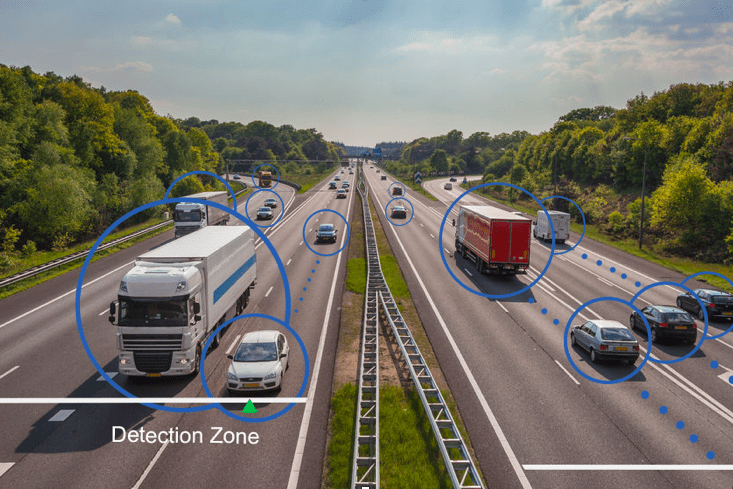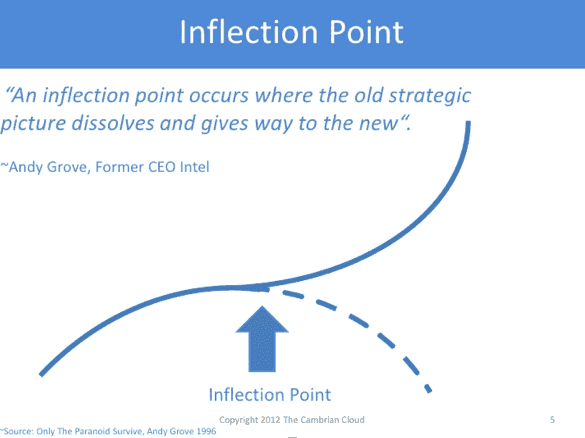By Rodolfo Saccoman, CEO, AdMobilize
Insider is running a two part article by Rodolfo Saccoman the CEO of AdMobilize, on vehicle analytics and out of home advertising. Today he describes what vehicle analytics is and how it works. Tomorrow he talks about what it costs and why you should do it. You can reach AdMobilize at info@admobilize.com or Rodolfo at rodolfo.saccoman@admobilize.com

Out of home advertising is entering a new renaissance. An era where technological innovation and the convergence of platforms will exponentially impact revenues, while trimming percentage points from expense lines. Andy Grove was a disruptive leader at Intel and his thinking directly resonates on the state of our industry, we are at an inflection point. One clear example is what we have experienced at AdMobilize over the last year (posting growth of 2,500% year-over-year), but ever more salient over the past 6 months; clients want intelligence now and it has to be real-time, with the ability to integrate with other platforms. Trust us, it took a while for those early industry adopters to embrace the value of this category of technology, but now the floodgates have opened. As with any innovation / adoption curve, it takes time, but once that tipping point happens, there is really only two paths, embrace change or get left behind.

What is Vehicle Analytics?
For those of you first being exposed to this technology, in essence “Vehicle Analytics” is a turnkey technology which allows businesses to gather real-time analytics of all vehicles passing by their assets (large-format billboards, shelters, smart cities, to name a few). Consequently, you can measure year-round, 24-7, key metrics including:
- Vehicle count
- Detection zones
- Average speed
- Travel direction
- Peak periods
All the data is available in real-time via an intuitive dashboard or can be extracted into CSV files or integrated into your own dashboards. Installation is basic and in the vast majority of scenarios only requires a camera, a computer, connectivity, and power. We analyze and process the stream of vehicles, and automatically layer the algorithms in real-time so it is reflected instantly on the dashboard.

“This seems overly complex, how can I trust the numbers? I have seen other companies trying to show me this and was unimpressed.”
You are most likely thinking these things so I will indulge in playing the role of “myth buster.” The behind the scenes machine learning technology and computer vision algorithms are insanely complex. It took us almost 2 years and our full team of PhD-heavy computer scientists to crack the code. We have seen competitors fall-off the face of the earth because their algorithms were lousy; we give credit to anyone attempting to solve these problems but it’s really hard. The technology is complex for several reasons and I am keeping it technically light:
- Accuracy: Each board is different and each camera installation requires the algorithms to be trained and calibrated. The goal is to get as close to 100% accuracy of vehicle data being gathered, which our system has achieved.
- Day & Night: As you can imagine, the change in sunlight, shadows, headlights, city lights all affect how the camera is capturing hundreds if not thousands of cars passing every minute. Our system automatically adapts to these environments in real-time to ensure close to 99%+ validity of the data.
- Rush Hour: Oh rush hour. This problem kept our scientists busy for months in order to deal with occlusion limitations. We have clients in some of the most congested cities in the world and they needed the solution to work flawlessly. Hard to explain the celebration when we succeeded with the solution to this challenge.
- Bandwidth: As expected, lots of data is being captured and analyzed in real-time. Another breakthrough for us was ensuring a “under 1 Gig” of data transfer per month per camera connected 24/7. It was hard work considering the sheer number of cars being accounted for and all happening and being displayed on the dashboard in real-time!
[wpforms id=”9787″]
Paid Advertisement

















